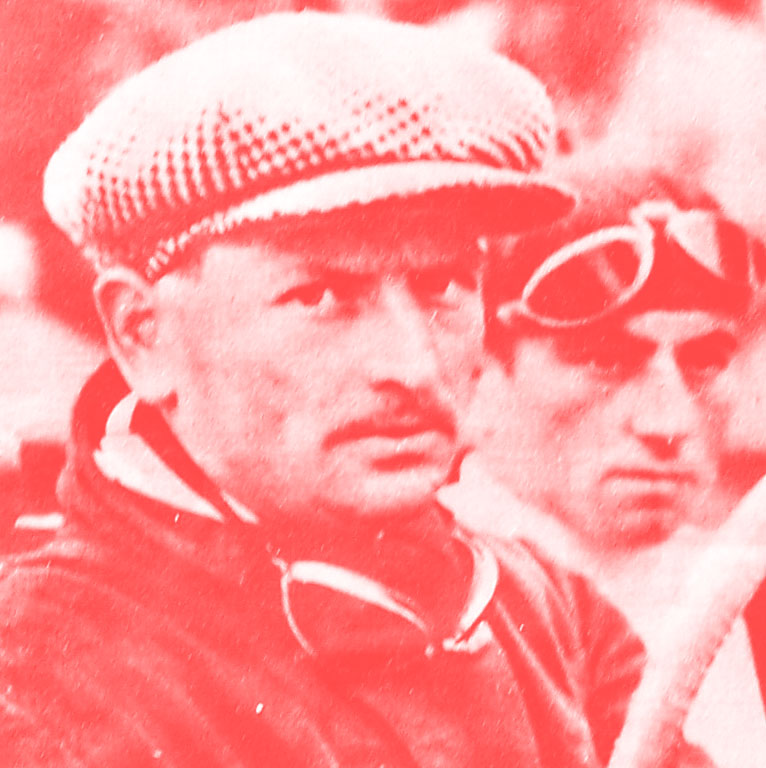Emilio Materassi

A man who becomes a champion due to determination, the desire to emerge despite his humble origins and the trust that the racing world, which had recognised his pure talent, put in him.
Emilio Materassi was born in Borgo San Lorenzo, in the province of Florence in 1894. Hailing from a modest family, he started to work as an errand boy with his father, a rope seller. Soon, however, speed began to attract him: he went on to be a cyclist mechanic and then to work on motorcycles and automobiles, very rare in his area that was certainly not rich at the time. The talent was there, it just needed to be directed. The best way was certainly not to be taken on as a bus driver in 1919 at the transport agency of Florence: his reckless driving scared the passengers and led to his dismissal. Nevertheless, he had got to know many people in Florence who were gravitating around the racing world, including the brothers Ernesto and Alfieri Maserati, city regulars.
Thanks to his skill as a mechanic and his new knowledge, he debuted in races with an Isotta Fraschini lent to him by Alfieri Maserati and came third in the Consuma Cup in 1919. Having no economic availability, his participation in the races discontinued. Materassi continued using cars lent to him time to time by various friends, getting his first success at the 1920 Consuma Cup. In 1921, he was taken on by the Itala house in Turin, which also became a dealership in Florence. However, the performance of the cars lent to him disappointed him and Materassi decided to modify his Itala "55" installing an airplane engine produced by Itala during the Great War. The driver renamed his creation “Italona” and came second in the Parma – Poggio of Berceto. With “Italona”, he had years of victories and excellent results on the circuits in Tuscany and around Italy.
In 1927, with the official Bugatti team, he won the Grand Prix of Tripoli and the Targa Florio, and became Italian champion. In 1928, Materassi formed his own stable by acquiring four Talbots, which he personally tuned to overcome several shortcomings. However that year was destined to be fatal: on 9 September, he lost control of his car while attempting to overtake, he hit a side wall and landed on the spectators at 200 km/h. 22 spectators lost their lives and more than 40 were injured. Emilio Materassi, thrown into the air, landed among the people; he managed to get up and take a few steps and speak to the spectators before collapsing on the ground. The rescue team ascertained his death was due to an internal haemorrhage from a blow to the temple.